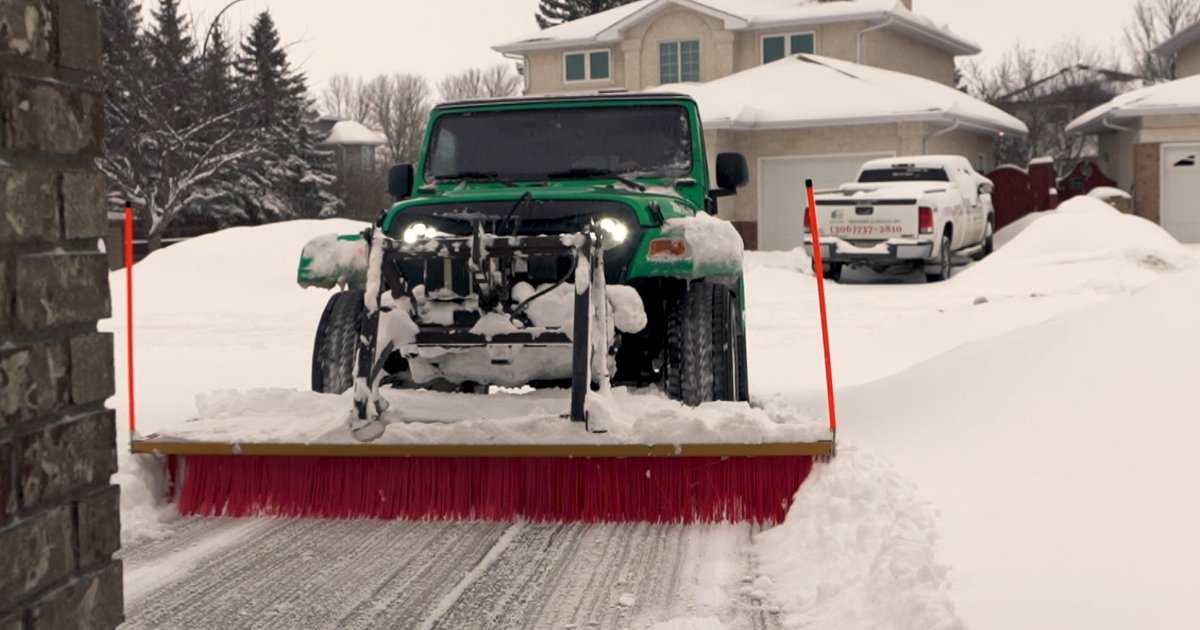


Lawn aeration is one of the most effective ways to give your yard a strong head start for spring. In Canada, where seasonal shifts are dramatic and winters can be long and harsh, fall lawn care plays a critical role in how well your grass rebounds come warmer weather. One key practice that shouldn’t be skipped? Core aeration.
Lawn aeration is the process of removing small plugs, or “cores,” of soil from the ground to relieve compaction and improve airflow. This technique allows more oxygen, water, and nutrients to reach the grass roots where they’re needed most.
Compacted soil restricts root growth and can lead to poor drainage, weak turf, and increased thatch buildup. By punching holes into the lawn, aeration creates pathways that support healthier, deeper roots and a more resilient lawn overall.
The cooler temperatures and increased rainfall in early fall help the lawn recover faster after aeration. Grass is still actively growing, especially cool-season varieties like Kentucky bluegrass, fescue, and perennial ryegrass—which are common across Canadian lawns. These grasses benefit greatly from fall aeration because they’re entering a period of root development before going dormant in winter.
Fall also tends to bring less weed competition than spring, allowing new growth to take hold more successfully. Plus, aerating in autumn leaves your lawn better equipped to handle winter stress and bounce back quickly in the spring.
Fall aeration offers both short- and long-term benefits, especially when you’re planning ahead for spring. Here are a few advantages:
You can aerate your lawn yourself by renting a core aerator, but there are a few factors to consider before going the DIY route:
Professional aeration services can save time, ensure thorough coverage, and avoid costly mistakes. For many homeowners, hiring a pro is worth the investment.
After aeration, your lawn needs a bit of attention to maximize the benefits. Here’s what to do:
If you want a strong, healthy lawn come spring, fall aeration is a step you don’t want to skip. It helps strengthen the roots, boost nutrient absorption, and prepare your lawn to better handle the stress of winter and the demands of summer.
Reach out to the professionals at Weed Pro Regina to get a free quote on your fall aeration service today and give your lawn the head start it deserves. Take action before the ground freezes—your future spring lawn will thank you.
